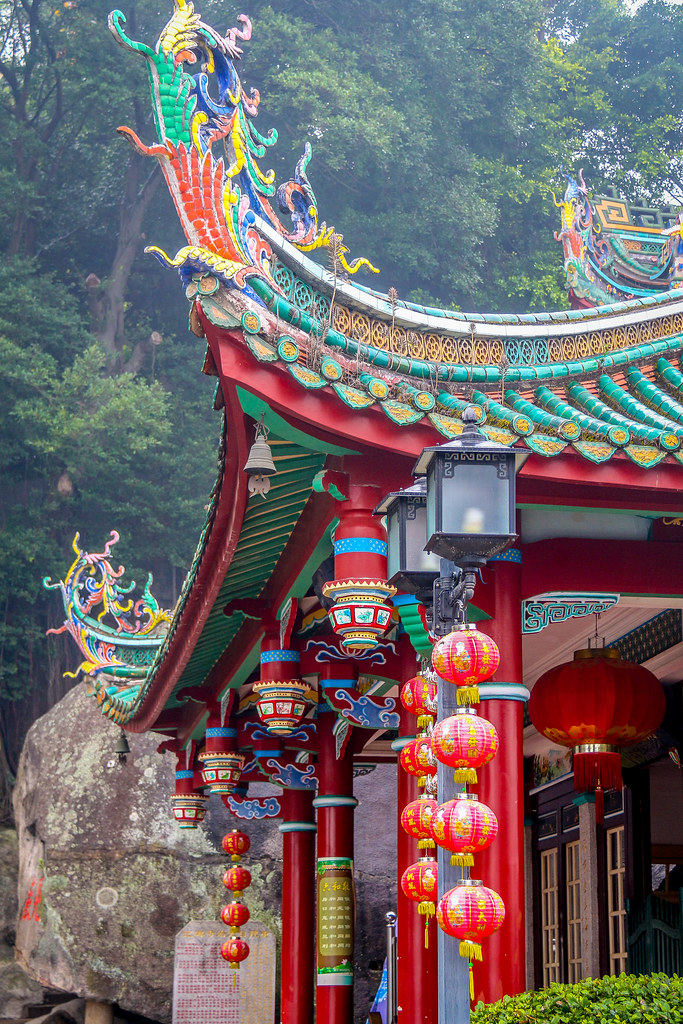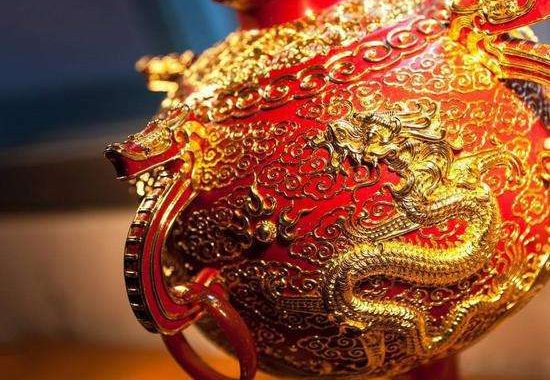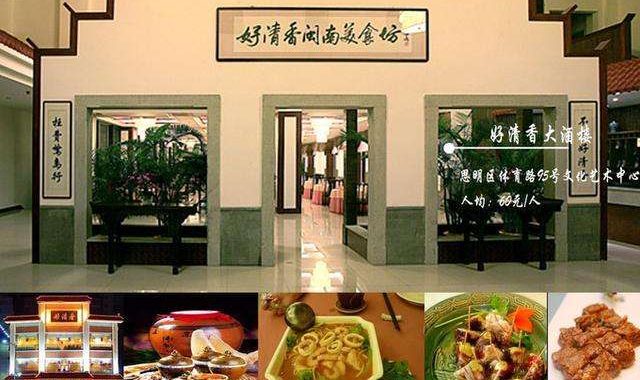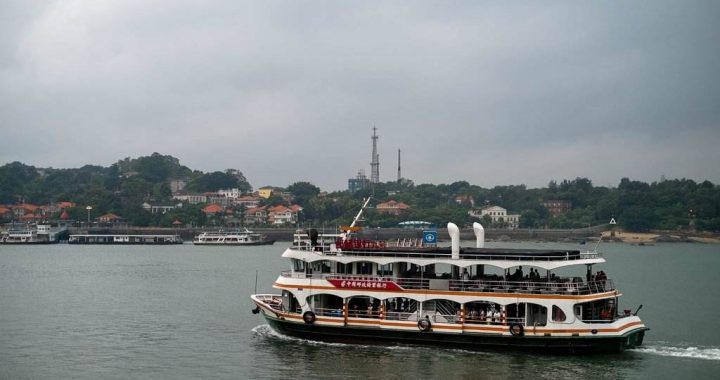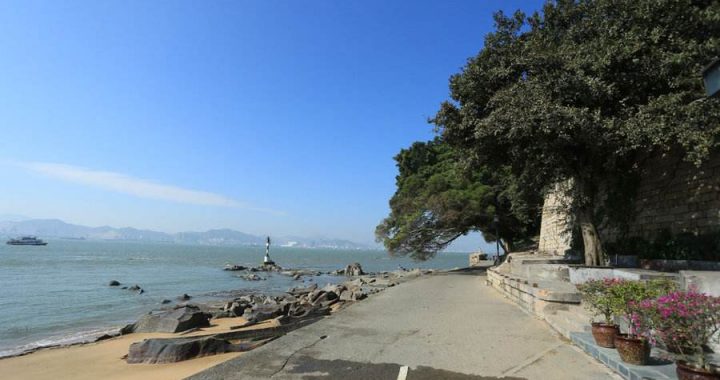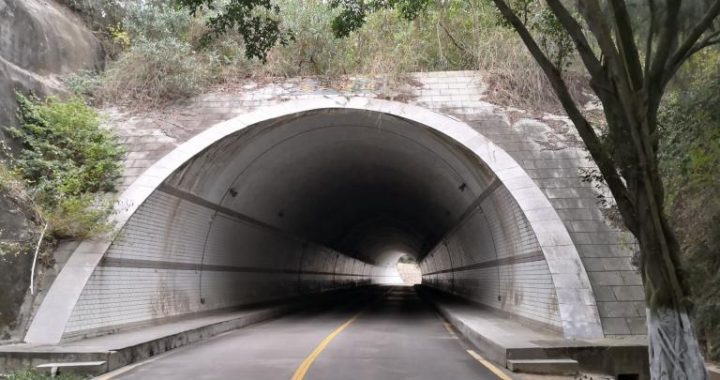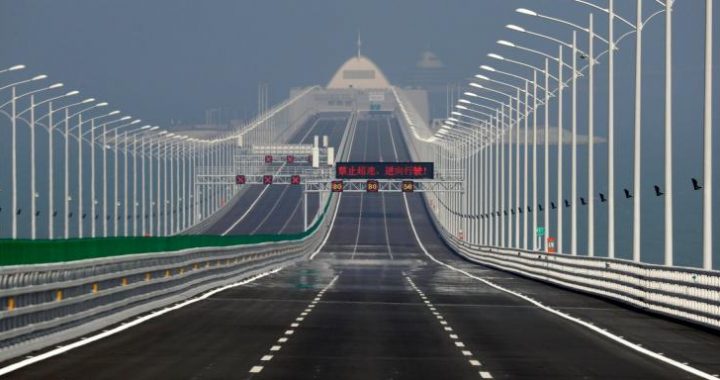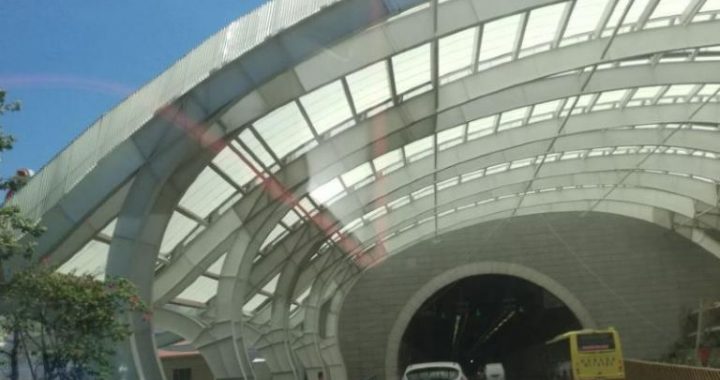“Chinese”Religions in Xiamen
4 min readXiamen’s rich religious heritage includes countless Confucian,Buddhist,Taoist and Mazu temples,temples devoted to both Confucianism and Taoism(Confusionism and the fire walking worshippers of Tong’an’s Wu Ben .We have one of S.E.China’s largest Buddhist temples(Nanpituo Temple,686 A.D.),China’s first Protestant church(Xinjie Church,1848),a Muslim mosque,and one of China’s few International Christian Fellowships.
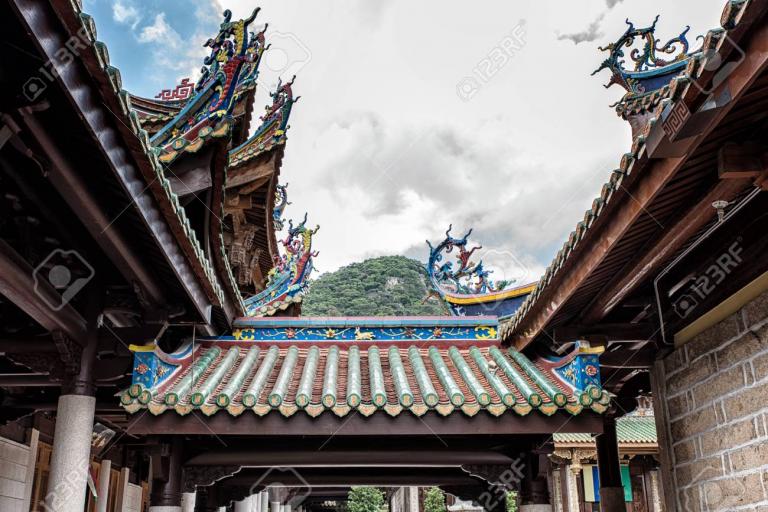
Buddhism is,of course,an”imported”religion,but for convenience I list itin this Chapter,and cover Islam,Protestantism and Catholicism in the next.
NanpituoTemple right outside XMU’s old gate,sprawls across the Five 01d Man Mountains like a Chinese miniature landscape on steroids,but it started out in 686 as the humble cave dwelling of one monk.
Xiamen folk were in the throes of an unknown epidemic when Qin Hao arrived on the scene.He settled down in a cave on a hillside blessed with medicinal herbs.
After his herbal brews saved the lives of many locals,they begged him not to leave.
So he stayed on and taught Buddhism.
The original cave is now decorated beyond recognition,and augmented by over 20 buildings,including four halls:Heavenly Emperor Hall(Lingxiaodian),Heroic Treasure Hall(Daxiongbdodian),Great Benevolence Hall(Dabeidian),and Buddhist Scripture Repository(Cangjingge).Their scripture collection may be Nanputuo’s biggest claim to fame,with over 50,000 Buddhist scriptures-a copy of virtually every Chinese Buddhist scripture.They also have the oldest Chinese Buddhist manuscript(translated about 2000 years ago)Nanputuo is home to about 120 monks and a few hundred statues,including the Revered Three-Life-Cycle Buddha,the Four Heavenly Kings,the Eighteen Arhats,and Bodhisattva,aka the Thousand Handed Guanyin(Qianshou Guanyin),the patron saint of glove makers.Guanyin started out as a man and ended up female;read about the“Guanyin Temple later in this Chapter for details.
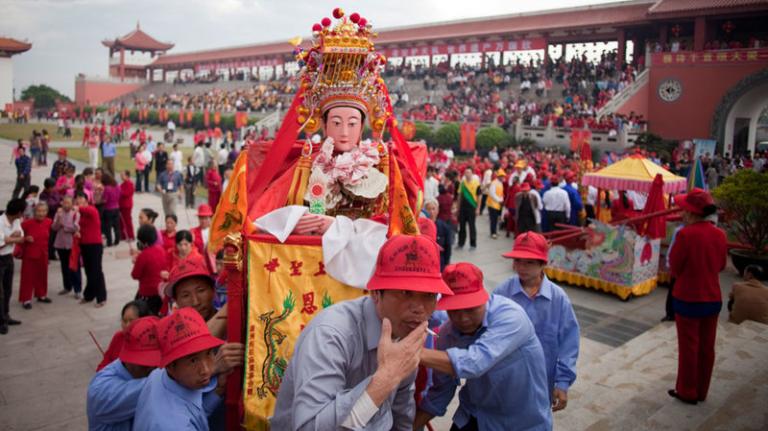
The Great Benevolence Hall is a 3-storey octagonal structure built by General Shildng in 1684 after retaking Taiwan from Koxinga’s grandson.The Chinese Construction Ministry has taken special note of the wooden roof,which was constructed with wooden beams and brackets and has no nails.The 1,000-handed Guanyin has a sitting Guanyin and 3 standing Guanyins.The standing Guanyins have two heads,a small one over the larger one(even the Chinese think two heads are better than one).The two-faced Guanyins face north,west and east.
Scripture Repository&Holy Buddha Beads In addition to Buddhist scriptures,the repository has former abbots’clothing,and such treasures as a fine whiteporcelain Guanyin,a Qing Dynasty bronze bell,white Jade Buddhas presented byBurma,Thailand,Sri Lanka,Cambodia and India,and the”Lotus Scriptures”,which were written in blood by monks about 500-600 years ago.The most unusual items are the“holy cremation relics”-hard,pearl-like beads sifted from cremated saints ashes.The beads embody the saints’spiritual essence,and are said to have a beneficent effect upon others.A Californian”reported feeling that his moleculeswere being rearranged in a more wholesome manner”).But what would you expect from a Californian?
The downstairs Hall of Law is for meetings,and for disciplining monks whose molecules,apparently,have yet to rearrange.A1l disciplining is done before Sakyamuni’s statue to ensure fair play.
The Merit Building,just inside the gate and to the right,has wooden memorial tablets,for which relatives of the deceased pay 1000 Yuan each.
Nanpituo Vegetarian Restaurant,in the Pizhao Bldg.behind the Merit Building,has served famous veggies for a century.Read”Veggie Tails”in the Restaurant Chapter to learn which dish Deng Xidoping loved so much he had hischef lug 200 pounds back to Beijing(you’1l also learn why you should never,ever,eat taro with beef,because it is…)
Buddhist Seminary-is inside the main gate,2nd building on the left.
Taixu Library ,completed in 1989,is behind the seminary and has over 20,000 documents.A dozen monks and lay persons run the library,which is also open to lay Buddhists who obtain permission.
South Fujian Buddhist College(Minndn Foxueyuan)Abbot Huiquan opened the college in 1925.It was closed after the Japanese invasion in 1937,and re-opened in 1985.The College has 4 departments:Taixu Library,Editing Dept.,Monks’Dept.and Nuns’Dept.Three of these departments are at Nanpituo,but the nuns’are cloistered near the train station in Jinbang Park.
Modern monks,by the way,may leave the monastery and marry,but while at Nanpituo they have nun none.
The college has 36 exalted-monk teachers,110 monk students,and 6 graduate students.During the 4-year program they study Buddhist scriptures and rituals,humane studies,and Communist Party religious policies.
